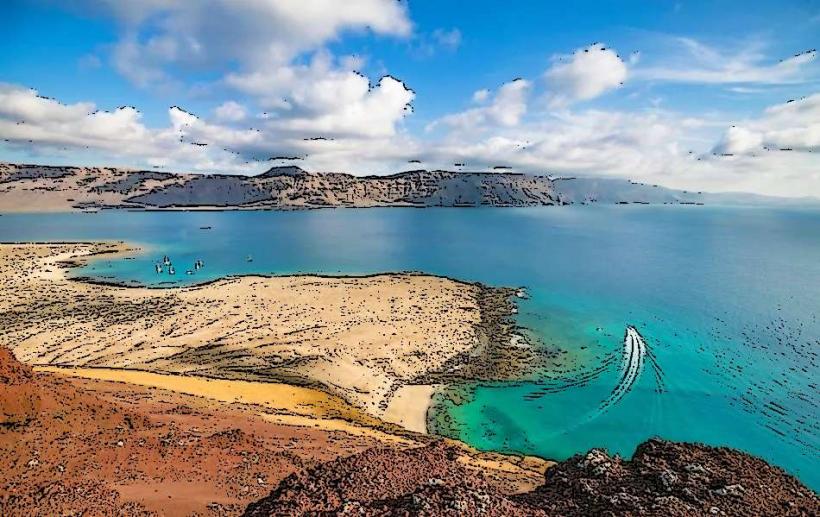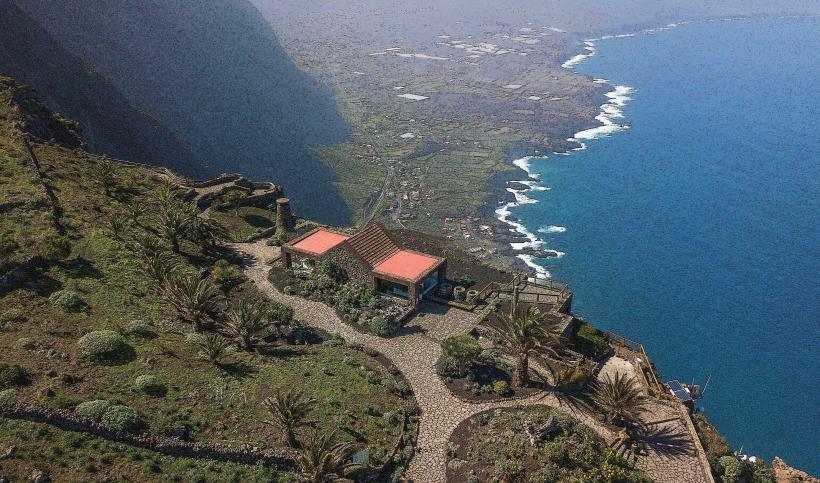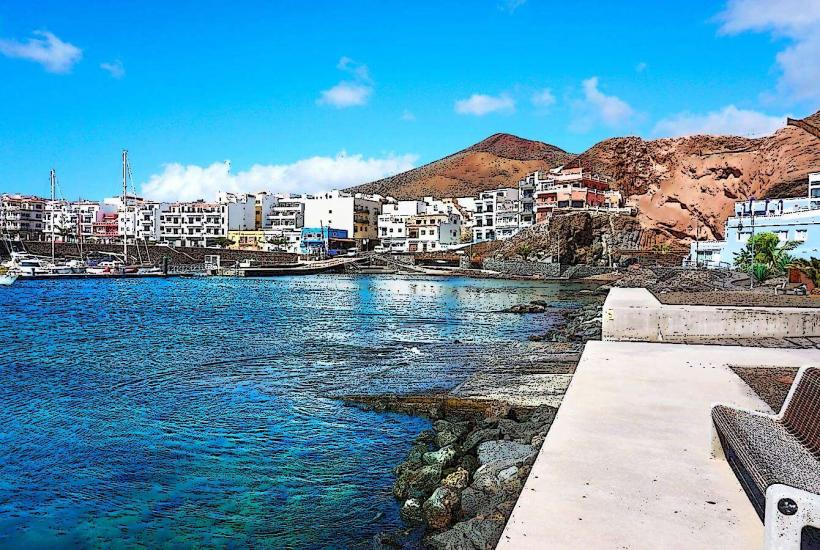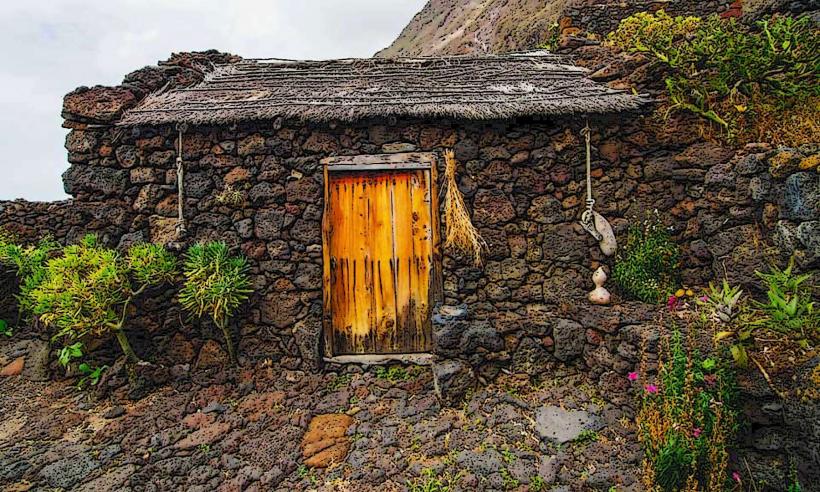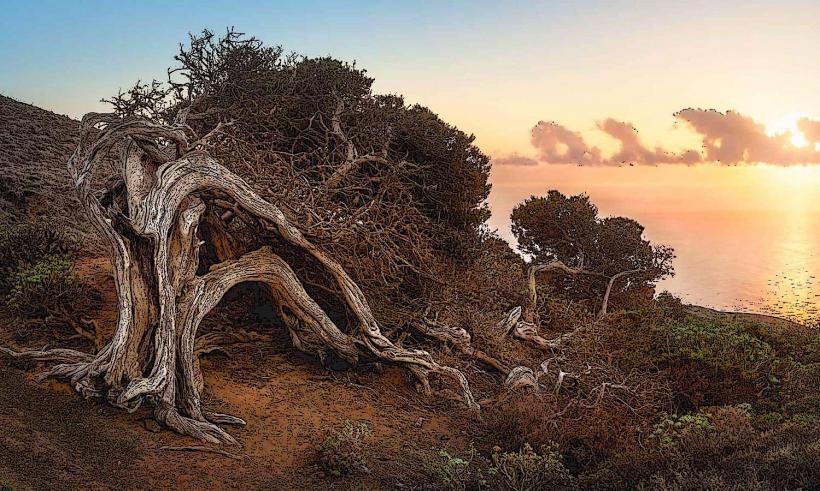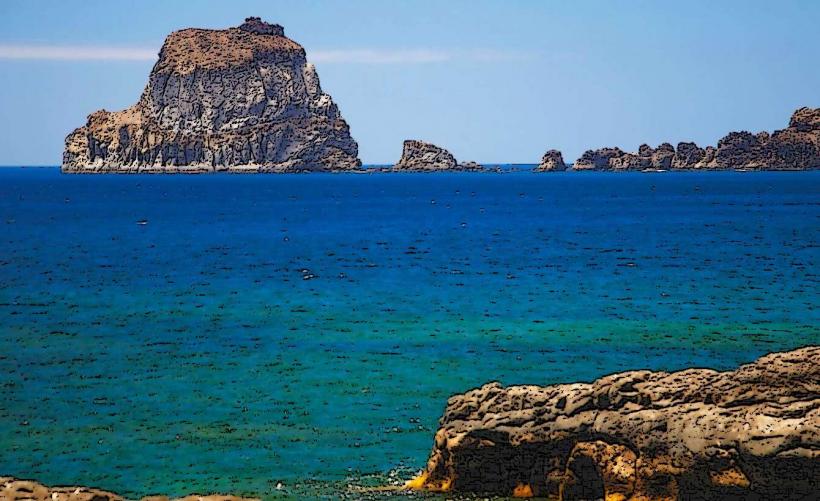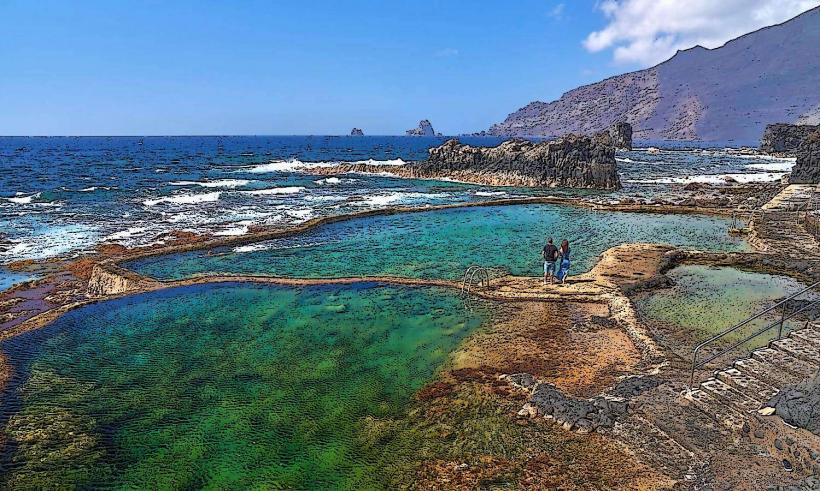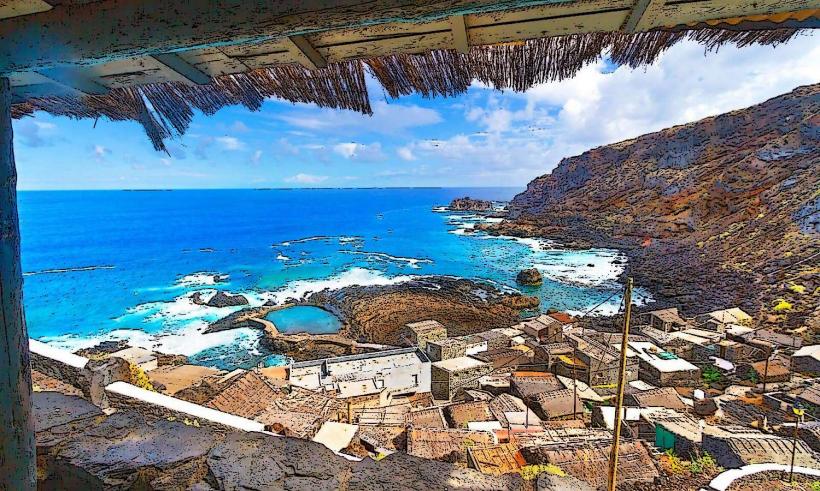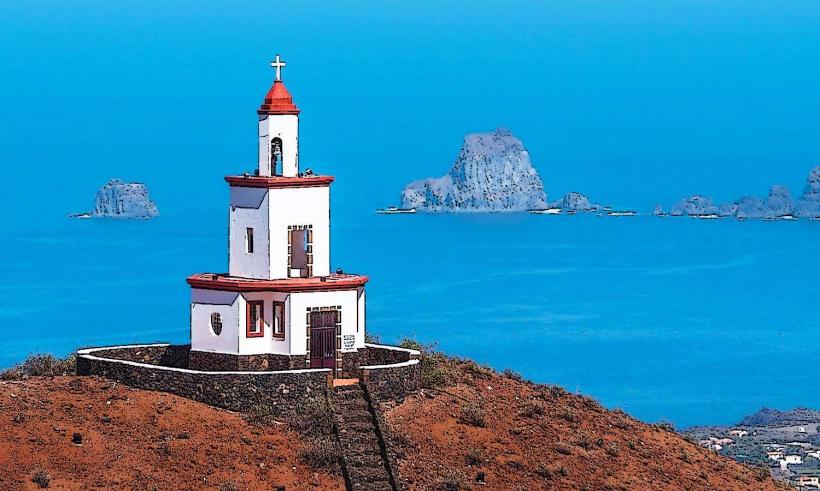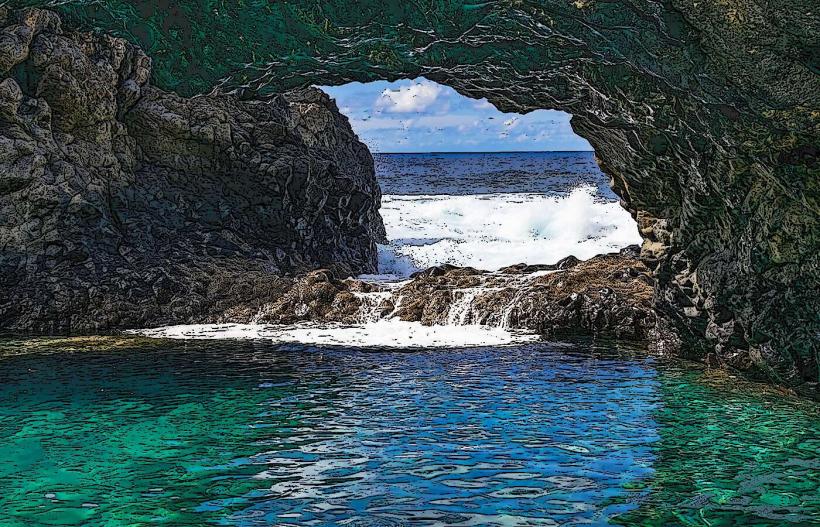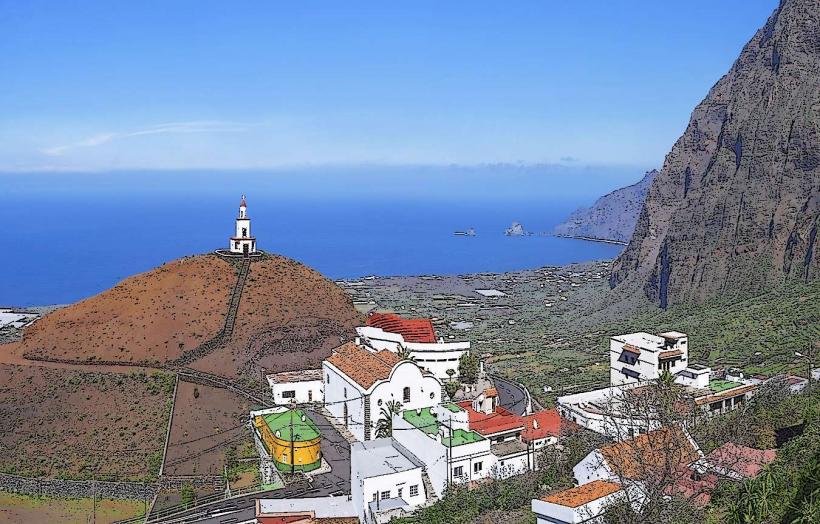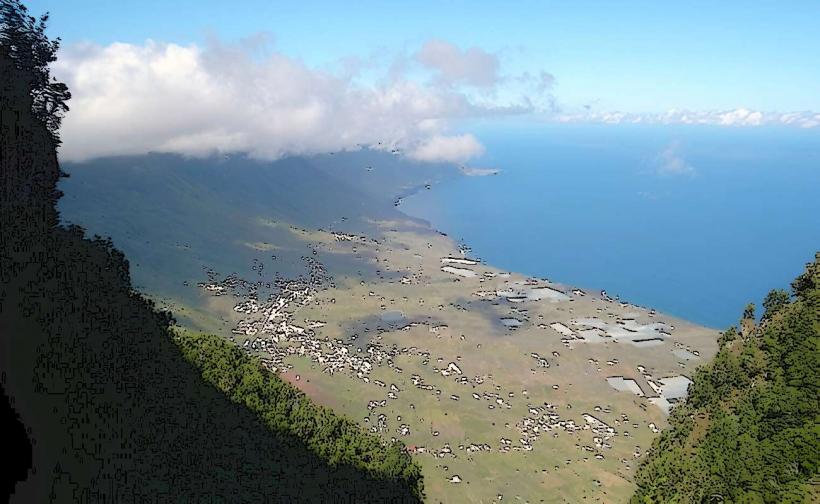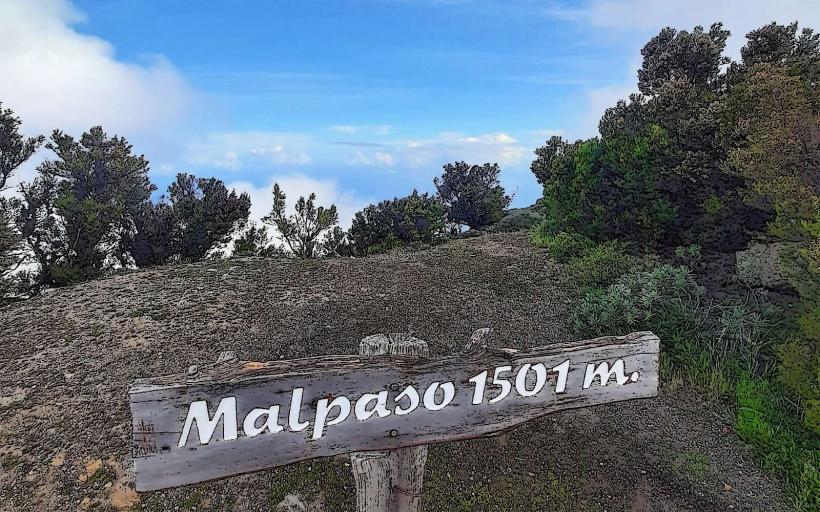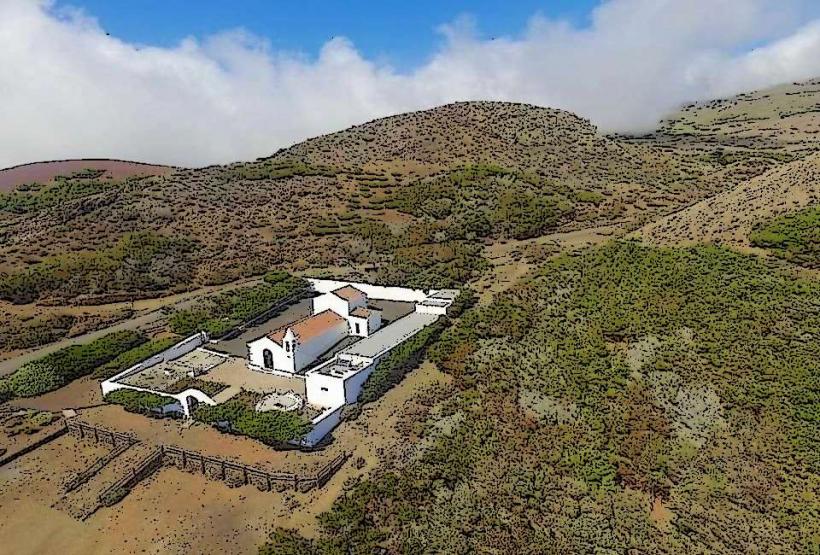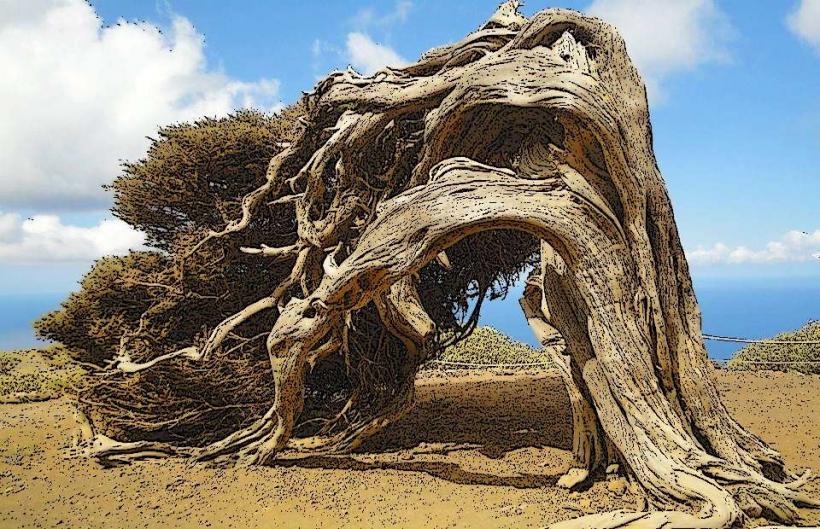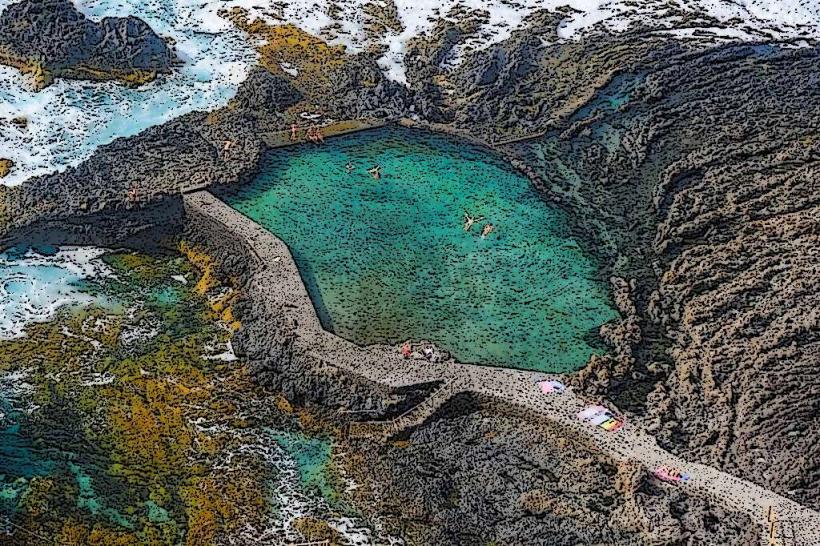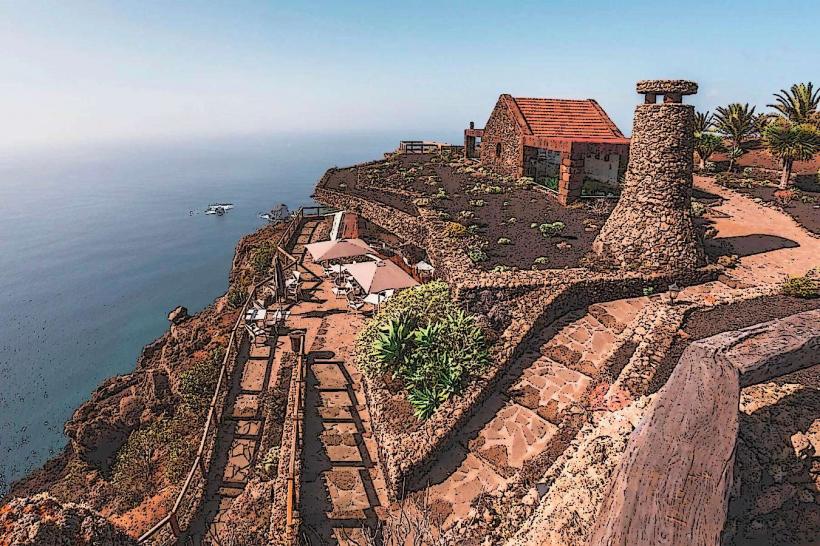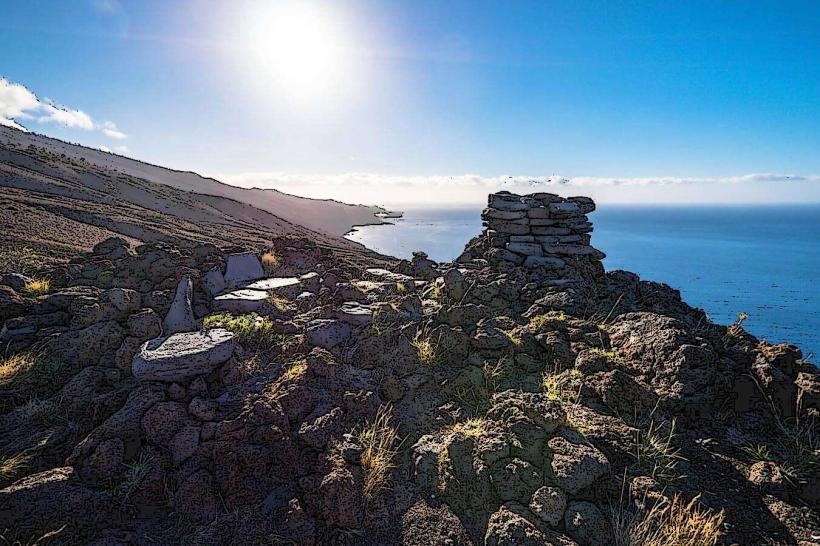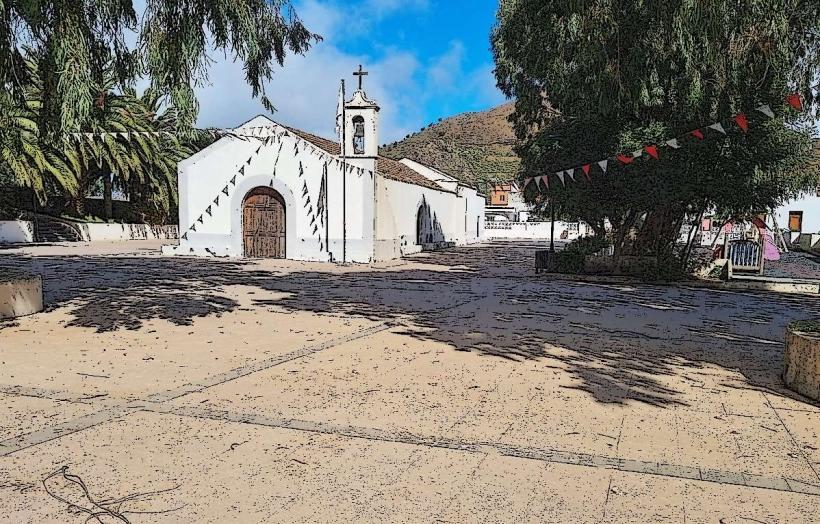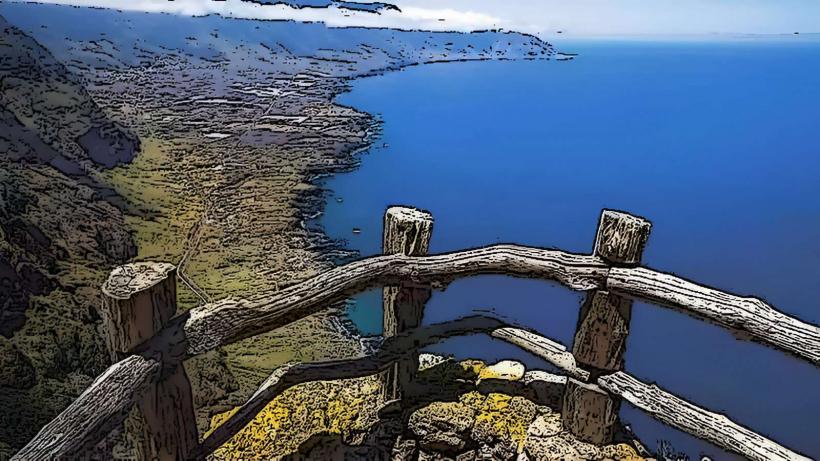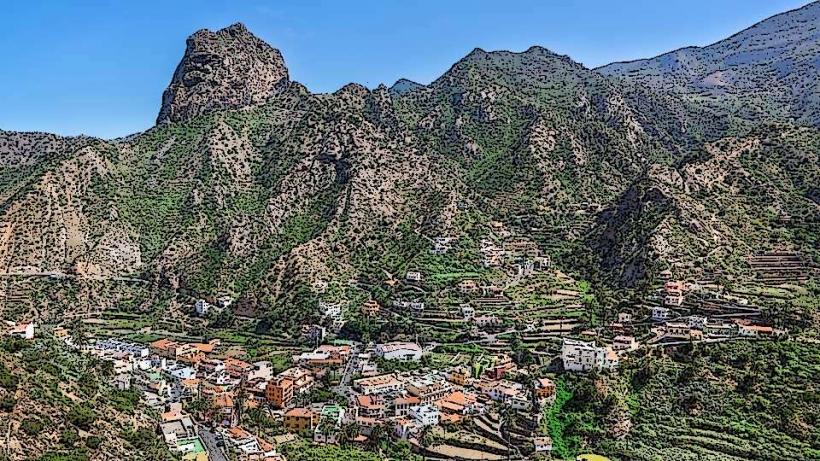Information
Landmark: Laguna de la RestingaCity: El Hierro
Country: Canary Islands
Continent: Europe
Laguna de la Restinga is a unique and important natural site located in the southern part of El Hierro, the smallest of the Canary Islands. This lagoon is part of the protected natural area and is one of the island's best-preserved ecosystems. It is particularly known for its rich marine life and biodiversity, and it serves as a key location for conservation and environmental studies.
Location and Geography
- Location: The Laguna de la Restinga is situated in the village of La Restinga, located in the southernmost part of El Hierro, near the El Golfo Valley. The lagoon is part of the El Hierro Marine Reserve, a protected area that encompasses both terrestrial and marine ecosystems.
- Geography: The lagoon itself is a shallow body of water located close to the coast, surrounded by volcanic rock formations. The water in the lagoon is highly saline and is influenced by the nearby ocean, providing a unique blend of both freshwater and seawater environments. This makes it an important site for certain species that thrive in brackish water.
Ecological Significance
- Biodiversity Hotspot: The Laguna de la Restinga is home to a variety of marine species, many of which are adapted to the brackish waters of the lagoon. It serves as a nursery for many fish species, providing an important habitat for their early development stages.
- Protected Area: As part of the El Hierro Marine Reserve, the lagoon is a protected site, and its ecosystem is closely monitored. The lagoon’s waters are home to a variety of marine flora and fauna, including seagrass beds, algae, and small fish. The surrounding area is also home to many species of birds, making it a popular spot for birdwatching.
- Marine Life: The shallow waters of the lagoon provide an ideal environment for various species of fish, including wrasse, groupers, and damselfish. The surrounding marine environment is rich in biodiversity, with many marine invertebrates also found in the lagoon. The area is an excellent place for observing marine life and understanding the delicate balance of the island's ecosystems.
Historical and Cultural Context
- Historical Significance: Historically, the Laguna de la Restinga has been a valuable resource for the people of El Hierro, providing access to fishing grounds and serving as a natural reservoir. Over time, the lagoon has been recognized for its ecological importance, and efforts have been made to preserve its unique environment.
- Local Culture: The village of La Restinga, located near the lagoon, has traditionally been a fishing community, and its residents have long relied on the surrounding seas for their livelihood. The lagoon continues to play a role in the island's maritime culture, with local fishers continuing to use the waters in a sustainable manner.
Flora and Fauna
- Flora: The lagoon's ecosystem includes various species of marine plants and algae that thrive in the brackish waters. One of the most important plant species in the lagoon is Posidonia oceanica, a type of seagrass that plays a vital role in maintaining water quality and providing shelter for marine life.
- Fauna: The lagoon is home to numerous species of marine animals, including small fish, crustaceans, and mollusks. The surrounding area is also a key stopover for migratory birds, such as waders and waterfowl, making it a significant location for birdwatching.
- Marine species: Squids, octopuses, and eels can be found in the deeper parts of the lagoon. Larger fish species, such as tuna and dolphins, may be spotted nearby in the surrounding waters.
Conservation Efforts
- Marine Reserve: The El Hierro Marine Reserve is one of the most well-preserved marine protected areas in the Canary Islands, and Laguna de la Restinga is a central feature of this reserve. The reserve covers a significant part of the island's coastline and aims to protect marine biodiversity, prevent overfishing, and maintain the health of marine ecosystems.
- Sustainability: Efforts are made to ensure that local fishing practices are sustainable and that the lagoon and surrounding marine environments are not harmed by human activity. The lagoon and its surroundings are monitored by environmental authorities to ensure that the ecosystems remain in a healthy, balanced state.
- Environmental Education: The lagoon also serves as an educational tool for raising awareness about the importance of marine conservation. Visitors can learn about the significance of the lagoon’s ecosystems and the importance of protecting fragile coastal environments.
Tourism and Activities
- Birdwatching: Due to its abundance of bird species, the Laguna de la Restinga is an excellent destination for birdwatching. The lagoon and its surrounding areas attract a wide variety of migratory birds, making it a popular spot for ornithologists and nature lovers.
- Snorkeling and Diving: The lagoon’s shallow waters and rich marine life make it an ideal location for snorkeling and scuba diving. Nearby dive centers offer guided diving tours, where visitors can explore the underwater world of El Hierro, encountering marine life such as moray eels, tropical fish, and sea turtles.
- Hiking and Exploration: Visitors to La Restinga and the Laguna de la Restinga can enjoy scenic walks and hikes along the coastline, where they can take in views of the lagoon, volcanic cliffs, and the ocean. There are several trails that allow visitors to explore the surrounding area and learn about the island’s natural history.
- Marine Tours: For those interested in the larger marine environment, there are boat tours available from La Restinga that allow visitors to observe marine life in the surrounding waters. These tours offer a chance to see dolphins, whales, and other marine mammals in their natural habitat.
Best Time to Visit
- Spring and Autumn: The best times to visit Laguna de la Restinga are during the spring and autumn months, when the weather is mild, and the island is less crowded. These seasons offer the most comfortable temperatures for outdoor activities, such as hiking and diving.
- Summer: Summer can also be a good time to visit, though the area can get warmer and busier. However, the lagoon's waters remain a cool and refreshing spot for swimming and snorkeling.
- Winter: Even in winter, the Laguna de la Restinga remains accessible and offers a quieter experience. However, weather conditions can be more unpredictable, with occasional rain and cooler temperatures.
Access and Facilities
- Getting There: The Laguna de la Restinga is easily accessible by car from the village of La Restinga, which is the southernmost village on El Hierro. There are well-marked roads that lead to the lagoon, and visitors can drive to the site and enjoy the views.
- Facilities: While the lagoon itself is a natural site, there are small visitor facilities near La Restinga, including restaurants, cafes, and shops where visitors can purchase local goods and food. Visitors can also find information centers that provide details about the lagoon’s ecosystems and conservation efforts.
Conclusion
The Laguna de la Restinga is one of El Hierro’s most unique and ecologically significant natural areas. With its diverse marine life, rich biodiversity, and role in conservation, it offers a peaceful and enriching experience for nature lovers, birdwatchers, and water enthusiasts. Whether you’re interested in exploring its waters through snorkeling or simply enjoying the stunning landscapes around the lagoon, Laguna de la Restinga is a must-visit destination on the island.

